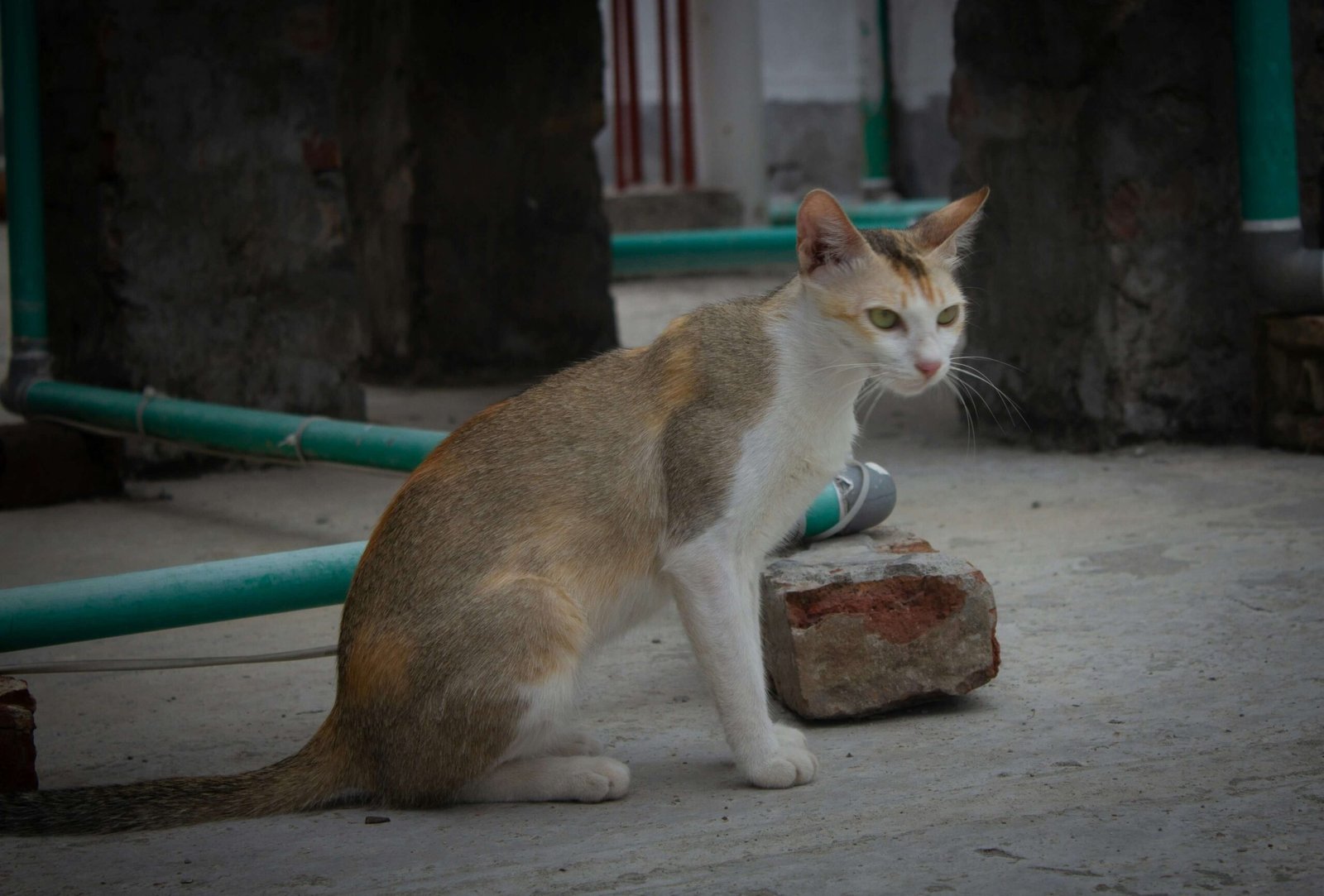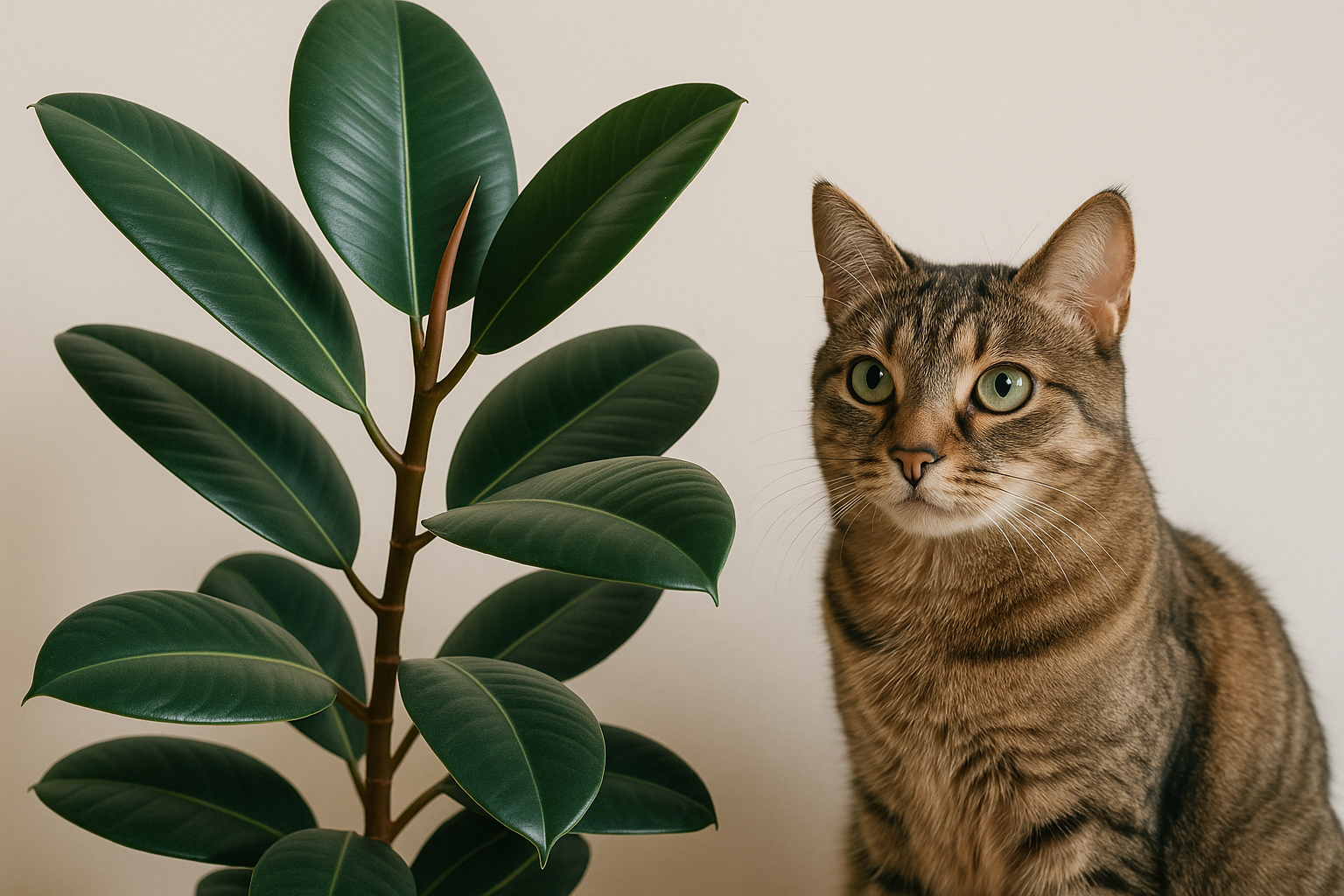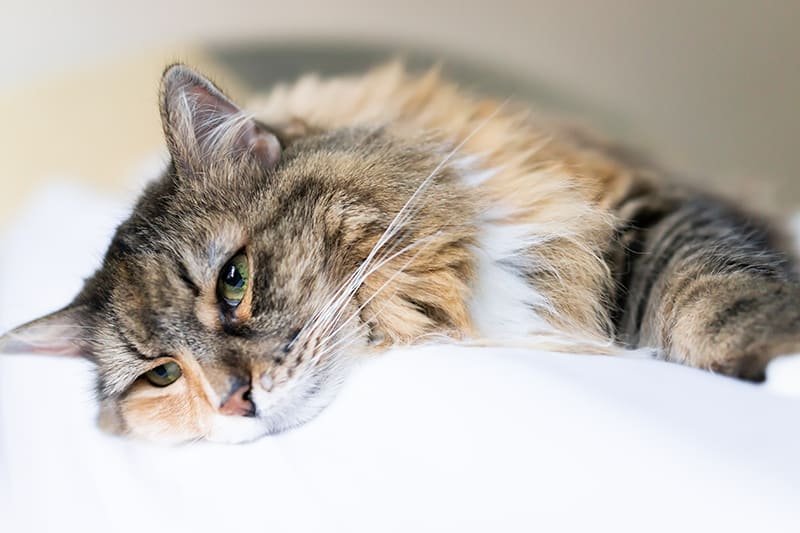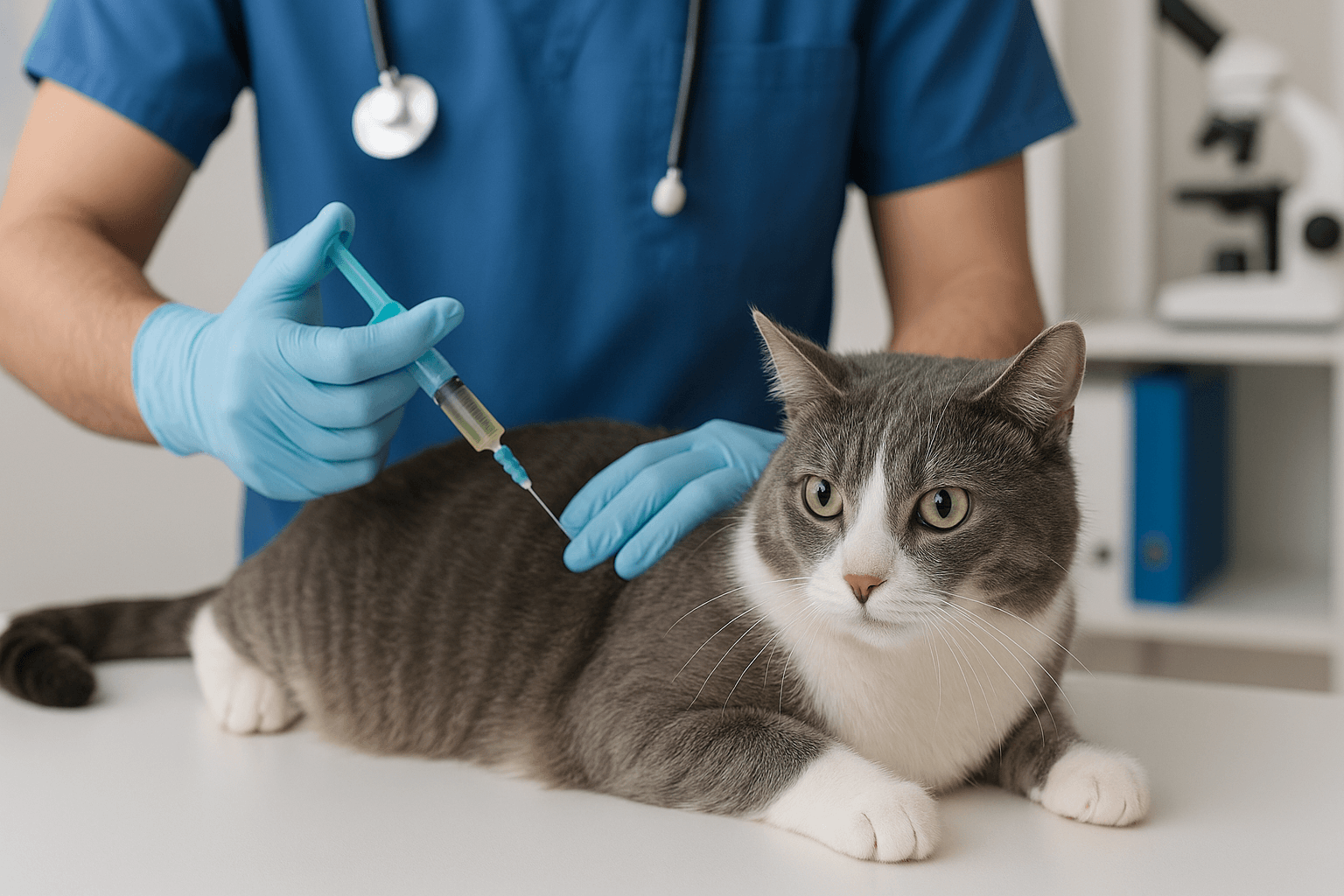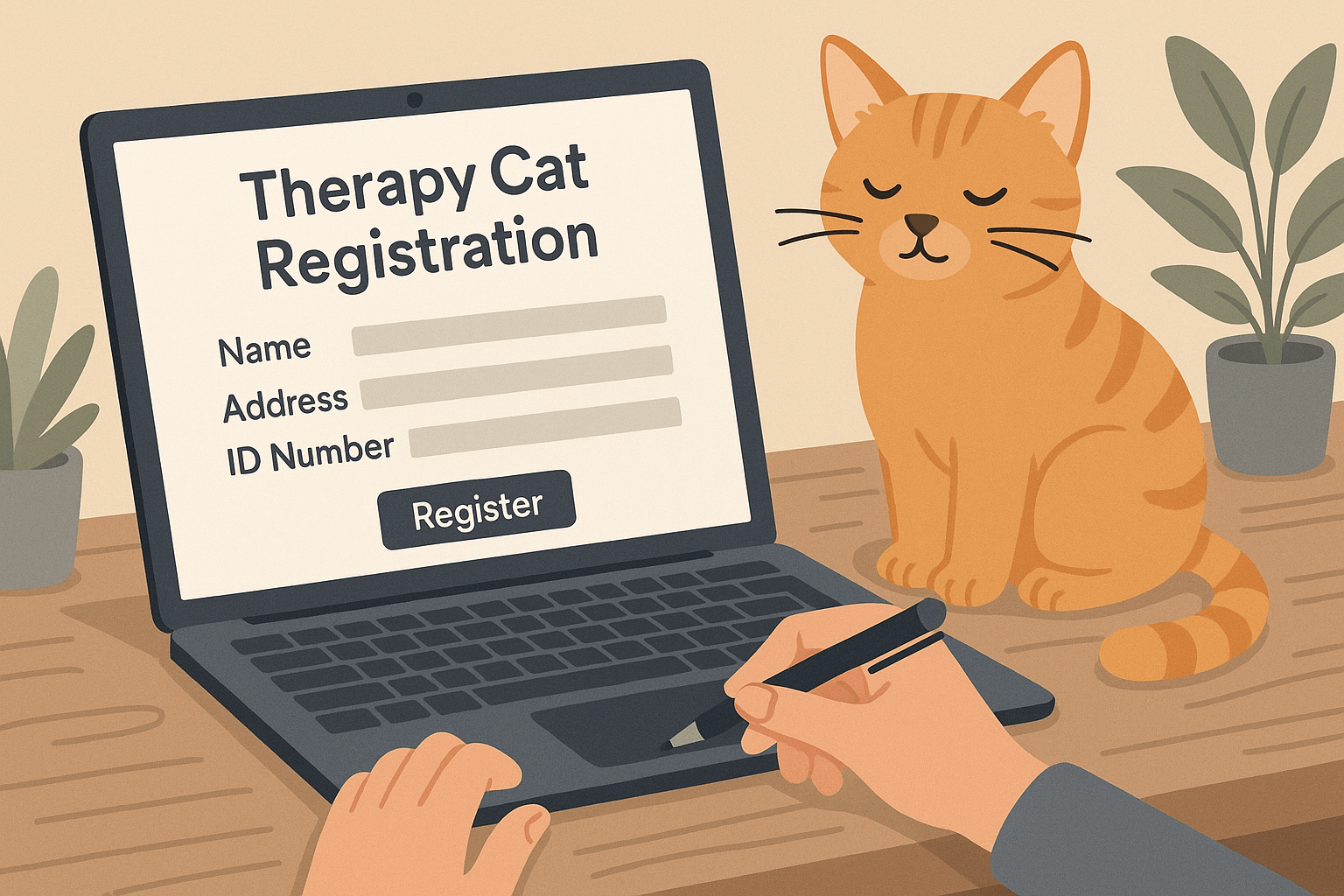Hind Legs Sitting Cat Hip Dysplasia: What You Need to Know
Cats are masters of disguise when it comes to pain or discomfort, often hiding their symptoms until the condition becomes severe. One such issue that can affect your feline friend is hip dysplasia, a condition that impacts the hind legs and joints. While commonly associated with larger dog breeds, hip dysplasia in cats is more prevalent than many pet owners realize. If you’ve noticed your cat sitting oddly or struggling to move comfortably, it might be time to investigate further. In this blog post, we’ll explore the signs, causes, and management of hip dysplasia in cats, as well as tips to ensure your furry companion stays happy and healthy.
Recognizing the Signs of Hip Dysplasia in Cats
Hip dysplasia can manifest in various ways, especially in how your cat uses their hind legs. Early detection is key to managing the condition effectively. Here are some common signs to watch for:
Difficulty Jumping : Cats with hip dysplasia may hesitate or avoid jumping onto furniture or high surfaces.
Stiffness in Hind Legs : You might notice stiffness or limping, particularly after periods of rest or activity.
Unusual Sitting Posture : A “bunny hop” gait or sitting with their hind legs splayed out could indicate discomfort.
Reduced Activity Levels : Cats may become less playful or reluctant to engage in physical activities they once enjoyed.
Muscle Loss in Hindquarters : Over time, muscle atrophy in the hind legs can occur due to reduced mobility.
If you observe any of these signs, it’s important to consult your veterinarian for a proper diagnosis and treatment plan. Early intervention can significantly improve your cat’s quality of life.
Causes and Risk Factors of Hip Dysplasia
Hip dysplasia in cats is often caused by a combination of genetic and environmental factors. Understanding these causes can help you take preventive measures. Here’s what you need to know:
Genetic Predisposition : Some breeds, like Maine Coons and Persians, are more prone to hip dysplasia due to their genetics.
Rapid Growth : Kittens that grow too quickly may develop joint issues, including hip dysplasia.
Obesity : Excess weight puts additional strain on the hips and joints, worsening the condition.
Injury or Trauma : Previous injuries to the hips or pelvis can increase the risk of developing dysplasia.
Age-Related Wear and Tear : Older cats are more susceptible to joint degeneration, which can exacerbate hip dysplasia.
By addressing these risk factors early, you can minimize the impact of hip dysplasia on your cat’s mobility and comfort.
Check this guide 👉Cat Sitting in the Litter Box Doing Nothing: Best 7 Tips!
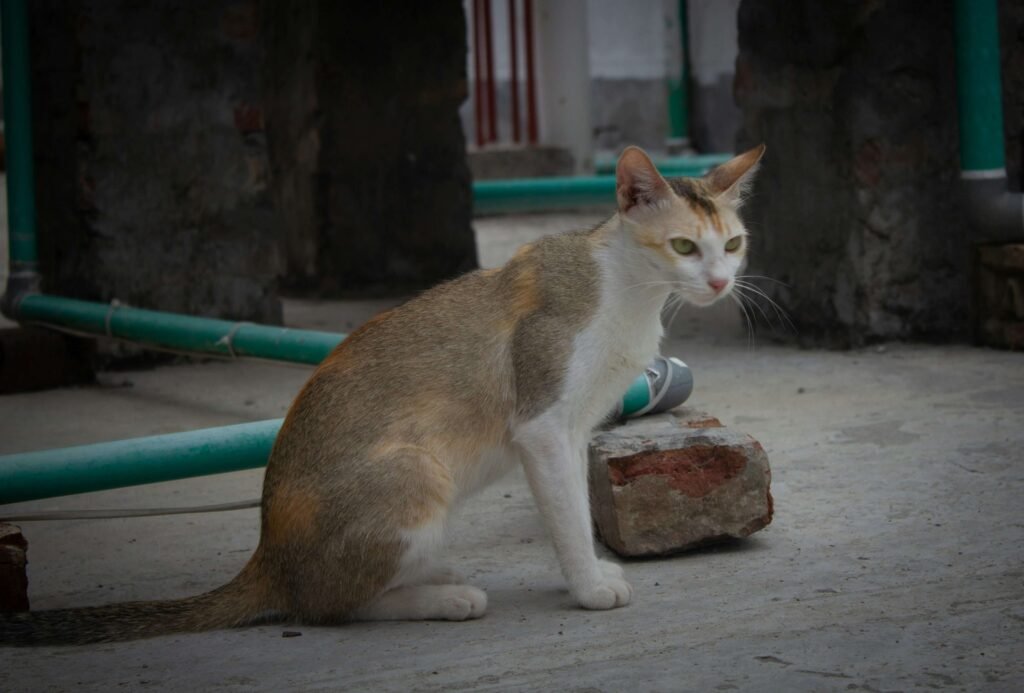
Signs of Hip Dysplasia | Possible Explanation |
|---|---|
Difficulty Jumping | Pain or stiffness in the hip joints |
Bunny Hop Gait | Attempt to reduce strain on the hips |
Muscle Loss in Hind Legs | Reduced use of hind legs due to discomfort |
Reluctance to Play | Lower energy levels from joint pain |
Odd Sitting Posture | Compensating for hip discomfort |
Managing Hip Dysplasia in Cats
While hip dysplasia cannot be cured, there are several ways to manage the condition and improve your cat’s quality of life. Here are some strategies to consider:
Weight Management : Keeping your cat at a healthy weight reduces stress on their joints and minimizes pain.
Physical Therapy : Gentle exercises or massage can help maintain mobility and strengthen muscles.
Pain Relief Medication : Your vet may prescribe anti-inflammatory drugs or pain relievers to ease discomfort.
Orthopedic Beds : Providing supportive bedding can alleviate pressure on sore joints during rest.
Environmental Adjustments : Add ramps or steps to help your cat access favorite spots without straining their hips.
With proper care and attention, you can help your cat live comfortably despite hip dysplasia.
Preventive Measures to Protect Your Cat’s Hips
Prevention is always better than cure, especially when it comes to conditions like hip dysplasia. Here are some steps you can take to safeguard your cat’s joint health:
Balanced Diet : Feed your cat a nutrient-rich diet to support bone and joint development, especially during kittenhood.
Controlled Exercise : Encourage moderate play and exercise to keep joints flexible without overexertion.
Regular Vet Check-Ups : Routine examinations can help detect early signs of joint issues before they worsen.
Avoid Overbreeding : If breeding cats, ensure both parents are screened for genetic predispositions to hip dysplasia.
Monitor Senior Cats : Pay extra attention to older cats, as they are more prone to joint degeneration and related conditions.
Taking these preventive measures can go a long way in ensuring your cat’s long-term health and happiness.
Understanding the Role of Nutrition in Joint Health
A balanced diet plays a crucial role in maintaining your cat’s joint health and preventing conditions like hip dysplasia. Here are some nutritional tips to support their overall well-being:
Omega-3 Fatty Acids : Found in fish oil, these reduce inflammation and promote joint lubrication.
Glucosamine and Chondroitin : These supplements can help repair cartilage and improve joint function over time.
High-Quality Protein : Ensures muscle maintenance, which is essential for supporting weak joints.
Controlled Calorie Intake : Prevents obesity, which is a major risk factor for joint stress and hip dysplasia.
Hydration : Adequate water intake supports overall joint and tissue health.
By focusing on nutrition, you can provide your cat with the building blocks they need for strong, healthy joints.
Creating a Cat-Friendly Environment
Adapting your home to accommodate your cat’s mobility challenges can significantly improve their quality of life. Here are some ideas to make your space more accessible:
Ramps and Steps : Add ramps or pet stairs to help your cat reach high places like beds or couches.
Non-Slip Mats : Place rugs or mats on slippery floors to prevent falls and injuries.
Low-Sided Litter Boxes : Ensure litter boxes are easy to access for cats with limited mobility.
Cozy Resting Spots : Provide soft, supportive beds in quiet areas where your cat feels safe.
Interactive Toys : Use toys that encourage gentle movement without straining their joints.
A thoughtfully designed environment not only enhances your cat’s comfort but also encourages safe, enjoyable activities.
Strengthening Your Bond Through Care
Caring for a cat with hip dysplasia requires patience and empathy, but it also deepens the bond between you and your pet. Here’s how attentive care can strengthen your relationship:
Gentle Grooming : Regular brushing helps your cat feel cared for while reducing discomfort from matted fur.
Massage Therapy : Light massages can soothe sore muscles and show your cat affection.
Quality Time Together : Spend time engaging in low-impact activities like cuddling or slow-paced play.
Positive Reinforcement : Reward small victories, like climbing a step, to boost their confidence.
Routine Check-Ins : Monitor their condition daily to stay attuned to their needs and emotions.
Through consistent care and compassion, you’ll build a deeper connection with your cat, proving that love and support can overcome even the toughest challenges.
Frequently Asked Questions About Hip Dysplasia in Cats
Can hip dysplasia in cats be cured?
Unfortunately, hip dysplasia cannot be cured, but it can be managed effectively with proper care and treatment.
Is hip dysplasia painful for cats?
Yes, it can cause discomfort and pain, especially during movement or physical activity.
Are certain cat breeds more prone to hip dysplasia?
Larger breeds like Maine Coons and Persians are genetically predisposed to the condition.
How can I tell if my cat has hip dysplasia?
Look for signs like difficulty jumping, stiffness, unusual sitting postures, or reduced activity levels.
Can obesity worsen hip dysplasia?
Yes, excess weight increases pressure on the joints, exacerbating the condition and causing more pain.
Supporting Your Cat Through Hip Dysplasia
Hip dysplasia may present challenges, but with love, patience, and proactive care, your cat can continue to lead a fulfilling life. By understanding the signs, addressing risk factors, and implementing management strategies, you can ensure your feline friend remains comfortable and happy. Remember, every small step you take—whether it’s adjusting their diet, providing supportive bedding, or simply spending quality time together—makes a big difference. Your cat’s resilience and your dedication will undoubtedly create a bond that transcends any physical limitations, proving once again that our pets are truly remarkable companions.
Is the Rubber Tree Cat Safe? Best 7 Expert Tips! Discover expert advice on keeping rubber plants safely in cat-friendly homes and learn top tips for pet-safe plant care.
Low Red Blood Cell Count in Cats: Best 7 Expert Tips! Discover causes, symptoms, and treatment options for feline anemia. Learn how to support your cat’s health effectively with expert advice.
Understanding Megacolon Treatment: Best 7 Expert Tips! Discover effective strategies to manage feline megacolon, from dietary changes to surgical options, ensuring your cat’s comfort and long-term health.
How to Register a Therapy Cat: Best 7 Expert Tips! Discover essential steps to certify your cat as a therapy animal, prepare them for training, and make a meaningful impact in therapeutic settings.

